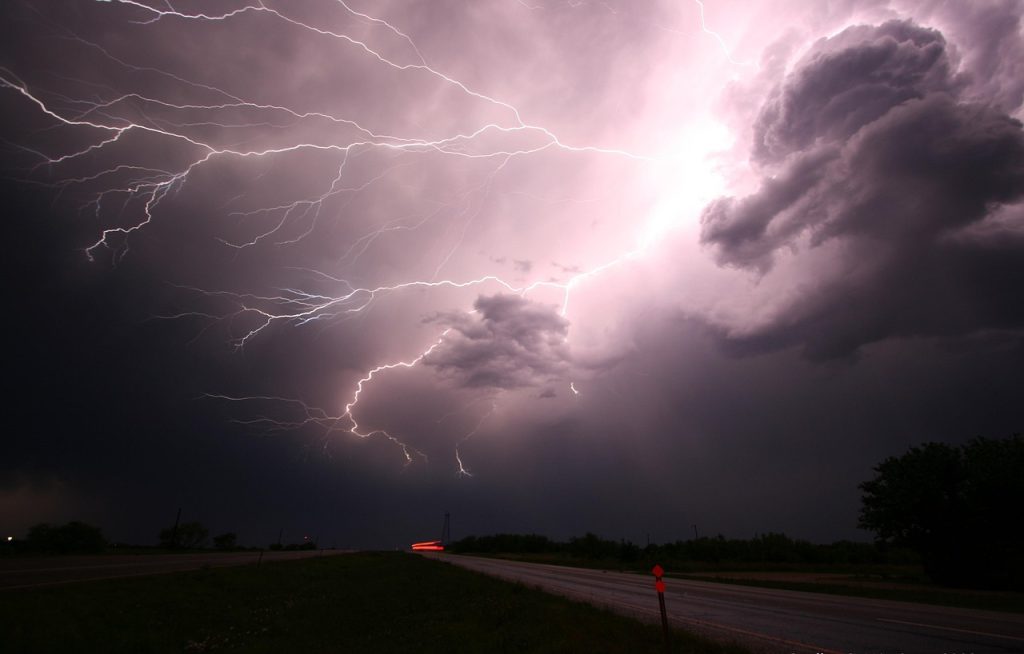Summer weather usually includes a mix of sunshine with intermittent, unexpected thunderstorms. Learning how to drive during a storm safely can be helpful for your upcoming summer travel plans. Here are a few tips to help you handle storm driving this summer.

1. Make Sure Your Car is Safe
Before hitting the road this summer, make sure your vehicle is safe and prepped for a summer storm. The first thing to check is your tires. The Department of Transportation (DOT) recommends changing your tires if the tread is at or below 2/32 inches.
Your windshield wipers are also important during a storm. Ideally, you should change your windshield wipers every six months, but it’s usually a good idea to test them before getting stuck in a storm. If your current wipers leave streaks on the windshields or make a squeaking or squealing noise, it may be time to change them.
2. Slow Down
Depending on the storm’s severity, slowing down may also be necessary. If visibility is reduced or you’re struggling to keep your vehicle safely in your lane, try to slow down by at least a third of the listed speed limit. You can move to the right lane if other drivers aren’t also slowing down. Slowing down and giving yourself ample space between your car and the one in front of you helps you respond quickly if another driver veers or slams their brakes. Turning on your headlights can also improve visibility.
3. Pull Over When Necessary
Sometimes, it may be best to pull over during a severe thunderstorm. If the rain is coming down too heavy and you’re unable to see in front of you, or you don’t feel safe, pull over as soon as possible. Put on your hazard lights and make sure you’re in a safe place before pulling over. Avoid getting out of your car.
Always pull over if you notice flooded roads ahead. Flood waters are dangerous, and it’s often difficult to tell how deep they are from your vehicle. Never try to make it through a flooded road in your car. Instead, pull over and wait for the flood water to recede.
4. Avoid Heavy Braking
Another reason to slow down or pull over during a summer rain or hail storm is that braking can be dangerous. Slippery roads can lead to your vehicle hydroplaning, which is when you slide over the road. It’s best to avoid heavy braking. Instead, try tapping your foot on the brakes while keeping your steering wheel straight until you come to a stop.
5. Drive Defensively
Driving defensively is essential when navigating rainstorms. Defensive driving means enacting specific safety protocols to avoid an accident. This may include taking your time, avoiding distractions, driving sober, and always being ready to respond to a dangerous driving situation. It may also include passing other drivers with extra precaution and staying calm.
Slowing down, driving defensively, and knowing when to pull over can help you tackle all your summer travel plans while staying safe. A safe vehicle with good-quality tires and functional windshield wipers is also key to safely navigating summer storms.




